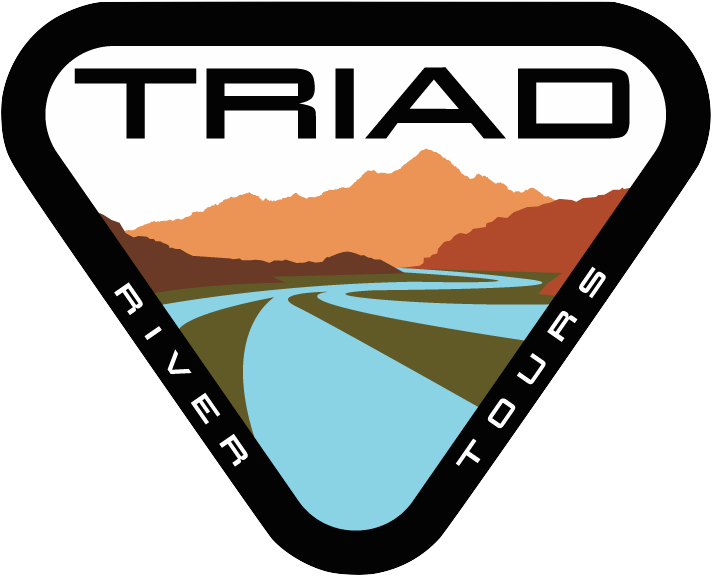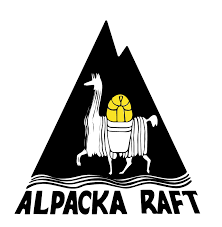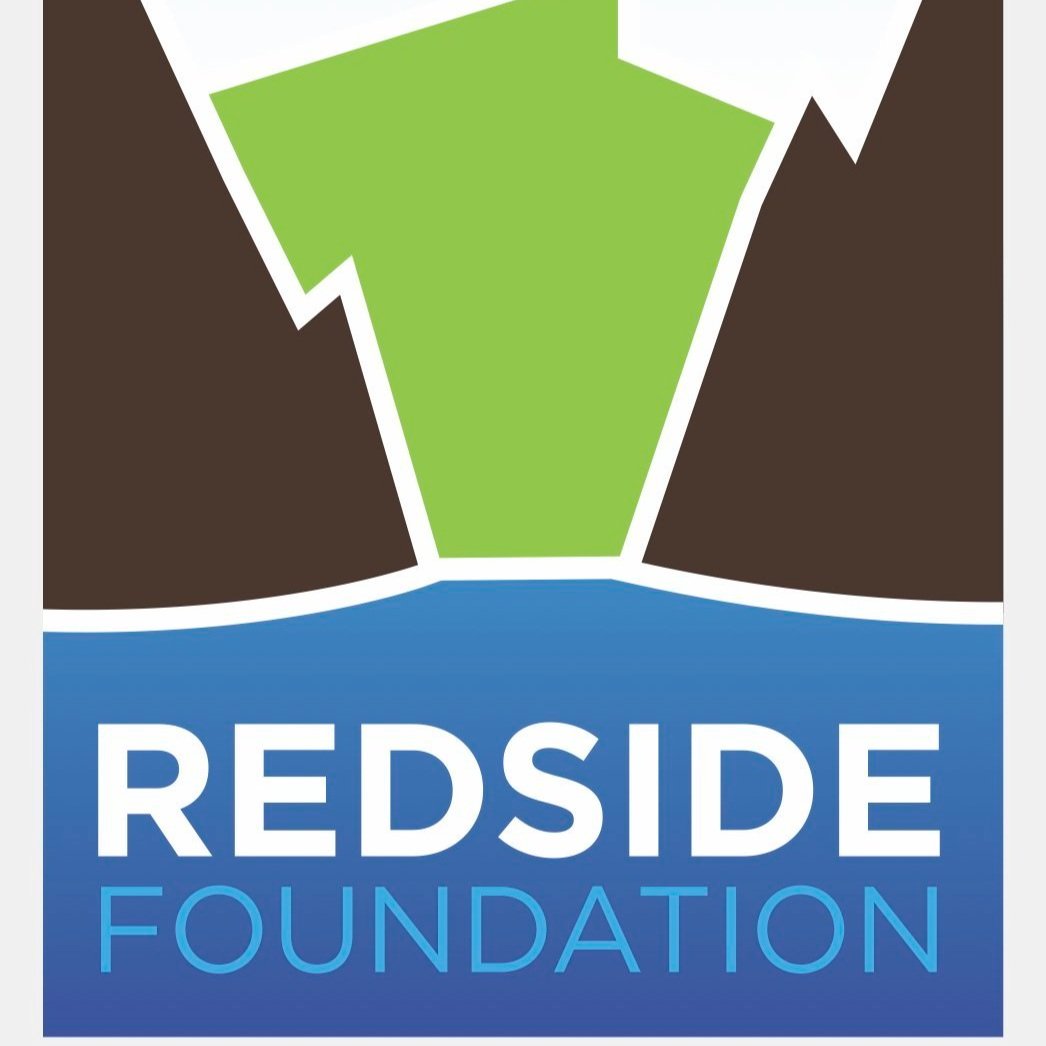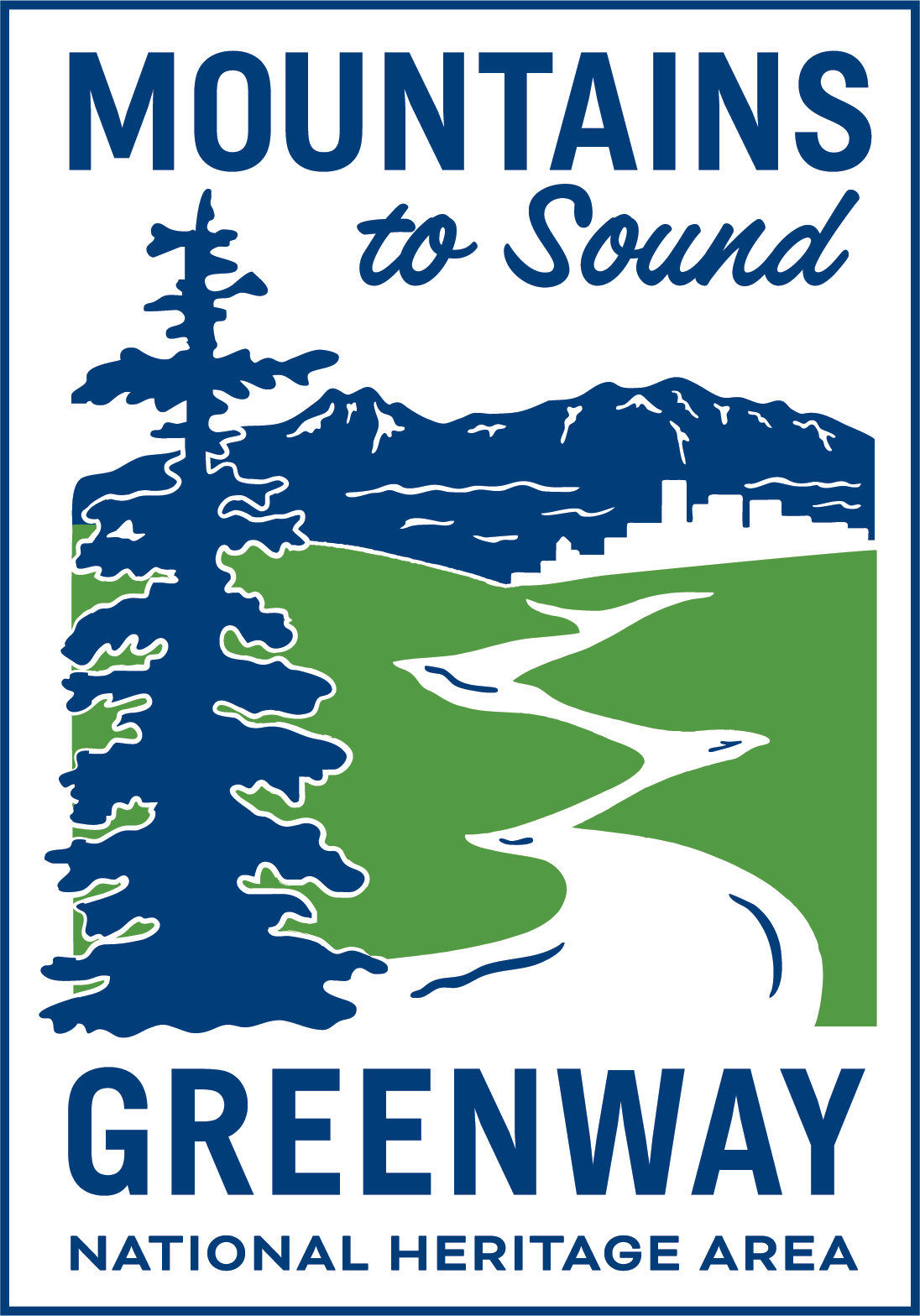Whitewater Risk Classifications
River Classification is a highly subjective label given to certain rivers as a means of coordinating general categories of risk. It is typically relevant only to the river itself and not to the many other factors that influence relative levels of risk involved in whitewater river running such as the abilities of the people running it, levels of training of the participants, the type of craft being used (raft, kayak, canoe, et al.), the route chosen to run a certain rapid, the access to medical or emergency services, opportunities and decisions to portage, line, or evacuate river sections, quality of equipment, or the operational procedures and protocols used by a trip leader. Therefore, it is clearly true to say that the classification of a river gives a vague, at best, idea of the risk you are undertaking on the river. However, a higher classification does tend to mean that the river is, in general more dangerous. A higher classification river does typically mean a more dangerous river. A river with higher classification means it is more difficult to run without incurring an incident, and a higher classification river may also have higher consequences should an incident occur.
A rafting company can never truly know the risk to human life that a guest is willing and/or able to undertake, which is why choosing the river to run is a highly personal decision. One of the first things to consider is the classification of the river. If a person is more risk averse, it is best to stick with lower classification rivers, or stay off the river entirely, as there are always risks and unknown variables which cannot be accounted for. If a person is more daring, and thus more willing to take the risks to their life and health, then they may find a river with higher classification more enjoyable. Either way, please take your time in developing an understanding of whitewater classification, and recognize that simplifying an entire river system to a number is not going to give you much understanding; rather, the only way to truly know what you’re getting yourself into is to study the nature and characteristics of that river well beyond its given classification. Please take your time in analyzing the risks of the river you plan on running, and always take your safety and that of your crew as your first priority.
There are several white water rafting levels. Below is the American Whitewater International Scale of River Difficulty (credit: American Whitewater)
Class I Rapids
Fast moving water with riffles and small waves. Few obstructions, all obvious and easily missed with little training. Risk to swimmers is slight; self-rescue is easy.
Class II Rapids: Novice
Straightforward rapids with wide, clear channels which are evident without scouting. Occasional maneuvering may be required, but rocks and medium-sized waves are easily missed by trained paddlers. Swimmers are seldom injured and group assistance, while helpful, is seldom needed. Rapids that are at the upper end of this difficulty range are designated “Class II+”.
Class III: Intermediate
Rapids with moderate, irregular waves which may be difficult to avoid and which can swamp an open canoe. Complex maneuvers in fast current and good boat control in tight passages or around ledges are often required; large waves or strainers may be present but are easily avoided. Strong eddies and powerful current effects can be found, particularly on large-volume rivers. scouting is advisable for inexperienced parties. Injuries while swimming are rare; self-rescue is usually easy but group assistance may be required to avoid long swims. Rapids that are at the lower or upper end of this difficulty range are designated “Class III-” or “Class III+” respectively.
Class IV: Advanced
Intense, powerful but predictable rapids requiring precise boat handling in turbulent water. Depending on the character of the river, it may feature large, unavoidable waves and holes or constricted passages demanding fast maneuvers under pressure. A fast, reliable eddy turn may be needed to initiate maneuvers, scout rapids, or rest. Rapids may require “must” moves above dangerous hazards. Scouting may be necessary the first time down. Risk of injury to swimmers is moderate to high, and water conditions may make self-rescue difficult. Group assistance for rescue is often essential but requires practiced skills. A strong eskimo roll is highly recommended. Rapids that are at the lower or upper end of this difficulty range are designated “Class IV-” or “Class IV+” respectively.
Class V: Expert
Extremely long, obstructed, or very violent rapids which expose a paddler to added risk. Drops may contain** large, unavoidable waves and holes or steep, congested chutes with complex, demanding routes. Rapids may continue for long distances between pools, demanding a high level of fitness. What eddies exist may be small, turbulent, or difficult to reach. At the high end of the scale, several of these factors may be combined. Scouting is recommended but may be difficult. Swims are dangerous, and rescue is often difficult even for experts. A very reliable eskimo roll, proper equipment, extensive experience, and practiced rescue skills are essential. Because of the large range of difficulty that exists beyond Class IV, Class 5 is an open-ended, multiple-level scale designated by class 5.0, 5.1, 5.2, etc… each of these levels is an order of magnitude more difficult than the last. Example: increasing difficulty from Class 5.0 to Class 5.1 is a similar order of magnitude as increasing from Class IV to Class 5.0.
Class VI: Extreme and Exploratory Rapids
These runs have almost never been attempted and often exemplify the extremes of difficulty, unpredictability and danger. The consequences of errors are very severe and rescue may be impossible. For teams of experts only, at favorable water levels, after close personal inspection and taking all precautions. After a Class VI rapids has been run many times, its rating may be changed to an appropriate Class 5.x rating.
Source: American Whitewater
Whitewater Classification Applied to Triad River Tours Popular Rafting Sections
Sauk River/Sauk2 (high water; 4,000-7000 cfs)
Classification: 4
Sauk River/Sauk2 (medium water; 2500-4,000 cfs)
Classification: 3+
Sauk River/Sauk2 (low water; 800-2500 cfs)
Classification: 3+
Snoqualmie River/Sno2 (high water; 2400-5000 cfs)
Classification: 4
Snoqualmie River/Sno2 (low water; 1200-2400 cfs)
Classification: 3+
Skykomish River/Sky1 (high water; above 5,000 cfs)
Classification: 5-
Skykomish River/Sky1 (low water; below 2500 cfs)
Classification: 4
Skagit River/SK5 (low water; below 8,000 cfs)
Classification: 3-
Risk Formula
Years ago an article in Paddler Magazine brought to the surface the need for more logical and data driven conclusions to be drawn for whitewater river runners. The Risk Formula (probability x consequences) was adopted. This system is utilized by our staff as part of our extensive risk analysis for all river protocols. Here is a diagram showing how it works. Note that the X-axis (horizontal) measures severity, while the Y-axis (vertical) measures probability. Taking these two into account through multiplication, a new variable emerges as the total risk factor of a river as it relates to the probability and severity of physical harm to an individual.
Note: There is no calculation regarding psychological harm involved in risk classification. This is perhaps the most subjective measurement of all and is most challenging to quantify. We should not disregard the magnitude of the after effects of trauma associated with river incidents, especially with children, who may be more survivable in most whitewater accidents, but who typically suffer more psychological trauma and sometimes do not fully understand the risks they are undertaking at the time, further adding to the subsequent pain that can be potentially endured.
Risk Formula as applied to river rafting accidents
Risk Formula Applied to Triad River Tours’ Popular Commercial Rafting Activities (unofficial)
This is made using historical data, incident reports of American Whitewater, and the subjective opinions of staff/guides and other knowledgable/historical resources. Note that this is based on the events that have happened. Anyone can suffer a tragic accident or death on a river, but using a statistically significant analysis, we can gauge the severity based on what is most likely to occur.
Probability Metrics
Less than or near .01% (1 in 10,000). Rare
Less than or near .1% (1 in 1000). Unlikely
Less than or near 1% (1 in 100). Possible
Less than or near 10% (1 in 10). Probable
More than 10% = very likely or almost certain
Severity Metrics
No First Aid required (all is well)
Minor Injury requiring first aid
Injury requiring Doctor or Hospital visit
Major Injury
Fatality
Popular Commercial Whitewater River Sections of Western Washington
Sauk River (high water; above 4,000 cfs)
Probability: 3.5
Severity: 4
Risk Factor: 14
Sauk River (low water; below 2500 cfs)
Probability: 4
Severity: 2.5
Risk Factor: 10
Skykomish River (high water; above 5,000 cfs)
Probability: 4.5
Severity: 4
Risk Factor: 18
Skykomish River (low water; below 2500 cfs)
Probability: 4
Severity: 3
Risk Factor: 12
Skagit River (low water; below 8,000 cfs)
Probability: 2
Severity: 3
Risk Factor: 6
Skagit River (high water; above 8,000 cfs)
Probability: 3
Severity: 3
Risk Factor: 9
Snoqualmie River (low water; below 2400 cfs)
Probability: 4
Severity: 2.5
Risk Factor: 10
Snoqualmie River (high water; 2400-5000 cfs)
Probability: 3
Severity: 4
Risk Factor: 12
Combining Risk Formula with Generalized Whitewater RIsk Classification
Correlating the risk formula factor with classification
Controlling Risk Variables & Guest Accountability
It is important to recognize that the risk classification of a river is entirely separate from the ability of the participant to perform the tasks required for safe(r) passage, as well as the ability of the participant to sustain an injury or bad swim on a river trip. Further, the craft being utilized is also separate. A 13’ raft may be more likely to flip than a 15’ raft, but a 15’ raft may be slower to respond to a rescue; there are multiple variables to be accounted for. It is our best effort to provide you with this outline that showcases the primary variables that must be accounted for. Note that the river is the most objective aspect, and in fact, the participants are often the ones most likely to do something out of the ordinary.
River Conditions & Risk Assessment of River
High water risk increases flush drowning. Low water increases blunt trauma. Of the two, the higher water is the more significant risk to human life, so it is typically identified as higher risk, even though there are more incidents in lower water (see: Risk Formula above).
Participant Ability Level & Experience Level
Beginners increase likelihood of incident, as well as severity of incident due to lack of experience and familiarity with rescue procedures.
Participants who are not physically fit are less likely to be able to maintain the levels of exertion needed to paddle through big and long rapids, and therefore present an added risk.
Participants who cannot swim are not any less likely to end up in the river, but are more likely to be involved in a serious incident or fatality once in the river as they are not able to self rescue as easily as a person adept as swimming.
Equipment
Old worn out equipment can fail during a rescue, and must be replaced with new equipment.
Incorrect equipment being utilized, or a craft unfit for the conditions can increase the likelihood of an incident as well as hamper the response to the incident. In this case it is necessary to spend more money on diverse craft and equipment for varying conditions (especially in Washington where river levels constantly change).
Equipment that the guides are unfamiliar with does no good. Training must be included in every piece of equipment added to the safety system.
Staff
Beginner guides are more likely to be involved in incidents, and therefore are typically relegated to lesser risky river sections to build skill through diligent practice of safety maneuvers.
Entry level guides must be given the same training regarding hard skills as veteran guides, including but not limited to:
flip recovery drills
advanced first aid training
Swiftwater Rescue Training (SRT-1)
Veteran guides tend to be overconfident, and rely too much on their skills, therefore hubris is seen as a risk variable.
The “Dunning-Kruger Effect” is common among 2-4 year guides, who have a decent amount of experience, but may perceive their abilities being higher than they are.





















